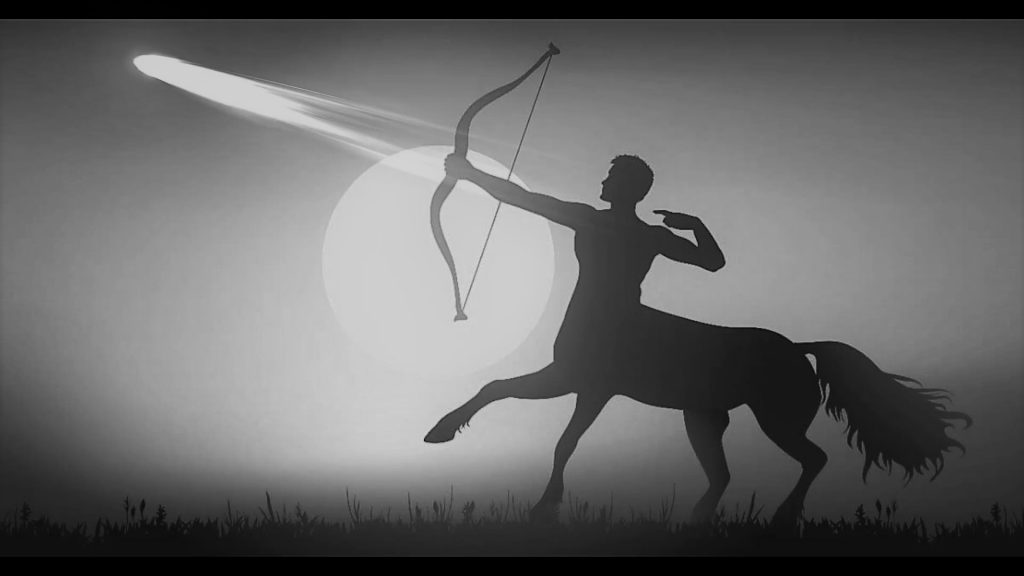
Science course for advanced KS3-KS4 students (12+ years old) based on school programme, but customized with practical approach in order to help to visualize invisible. In our online lessons we are using detailed photo, video, and 3D animation for describing and learning about world of biomolecules assembled into orchestra of living cells and organisms.
- Cell
Bacteria. Plant and animal cell. Membrane, Cytoplasm, Organelles. Transport of substances in cell. Natural vs Artificially Selected.
2. DNA and Genes.
DNA structure. Chromosome. Genes, their Transcription, Translation and Regulation. Mutations and their role in natural selection. Will Chernobyl and similar disasters give a chance to new species appearance?
3. Cell Cycle and Stability. Mitosis.
- a) Life of Cell. Cell Division, Proliferation, Differentiation, and Death. DNA Replication. Cell Lines, it’s culturing and using them as a Food Source.
- b) GMO. Artificially grown food.
4. Reproduction and Variability. Meiosis. Gametes. Gender.
- a) Somatic cells and Gametogenesis. Diploid and Haploid cells. Chromosome/Chromatid/Tetrad. Crossing over.
- b) Asexual vs Sexual reproduction. Crossbreeding and its role in selection.
5. Heredity. Mendel’s Laws. Dominant and Recessive Alleles.
Mathematics behind variation. Heterozygous and Homozygous. Recessive Alleles in hereditary deceases. Cystic fibrosis and sickle cell anaemia.
6. Genotype and Phenotype. Genes and their physical representations.
Gene to Protein. Colour of skin/hair/eyes. Type of blood. Environmental factors and Epigenetics.
7. Positive and Negative traits in organisms. Relativity of traits. Manipulations and Correction of traits. Natural vs Artificial Selection.
Traits as Observable representations of Genotype. Role of traits in society and natural selection. Is it OK to develop unviable in wild nature breeds?
8. Ethical Problems of Human DNA manipulation.
Changing genetic traits in humans. Stronger arm or better memory?
9. Morphogenesis. Is it possible to grow extra arm or new sense in human?
10. Review of the course with additional questions.